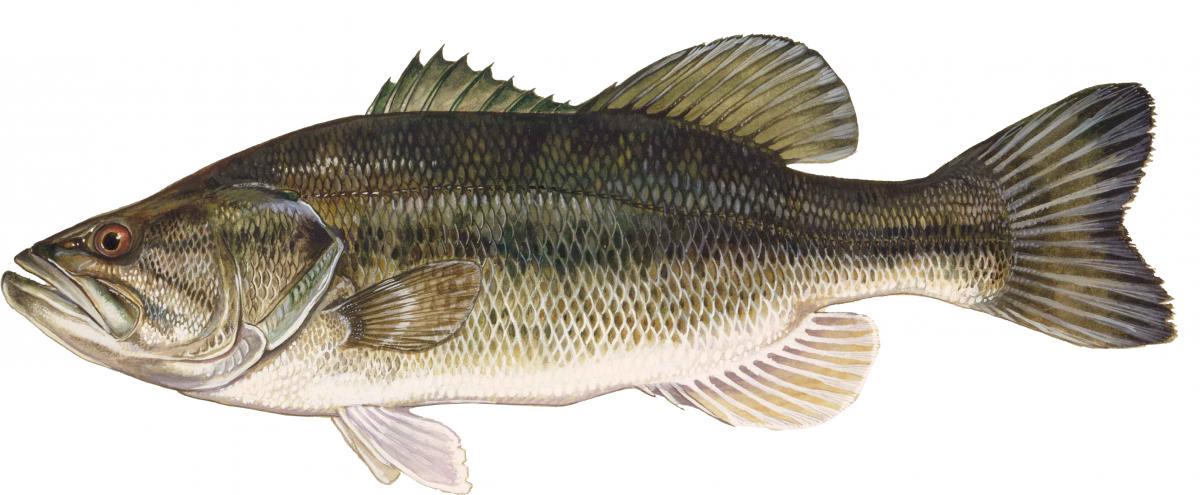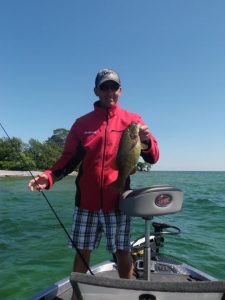How eyes and mind on task affect human performance when stakes are the highest.
By Casey Ruttan

When I first saw the SafeStart program I was blown away at how universal the concepts were. The more and more I learned about the “state-to-error pattern” and the “critical error reduction techniques” I realized if I’d have had this knowledge years ago I might have been able to prevent many of my own mistakes. That’s when I knew I had to work for SafeStart—but in addition to being a safety account manager I’m also a professional bass tournament fisherman.
In competitive bass fishing tournaments we’re up at 3 or 4am and on the water by 6. Teams blast off at 7am and fish until 3 or 4pm when there is a weigh-in show that can vary in size from just a few people standing around a weigh scale to very large shows with hundreds of people, lots of cameras and a huge stage. From the beginning right through until the end there are countless distractions that can take our eyes or mind off task.
Critical error reduction techniques (CERTS), like self-triggering, analyzing close calls, looking at others for the state-to-error pattern and working on good habits, have really helped me improve my performance.
Rushing, frustration, fatigue and complacency are all states that we experience on a daily basis, especially on the water. Put as much as $40,000 on the line and the states can be greatly amplified but using the CERTs will help reduce the chance of making an error even when the stakes are highest.
For instance, when barreling across the lake at 70mph in a bass boat for a 75 mile trip, it’s easy to get a little too comfortable. You start thinking about that first spot, the anticipation of catching some big fish, what bait you’ll be using, and how it’s going to feel on that first hook set. Instead, you need to stay in the moment, your first thought needs to be “eyes on task,” “mind on task,” “look for line of fire” and “keep a strong grip on the wheel.” That first hook set or catching a big bag of fish won’t matter much if I lose control of the boat or hit a cruiser wake and hurt myself or my partner on the way.
Once you get to that first spot then the real fun begins! Good habits like getting the net out and putting it in the same place every time, keeping the 50 rods and reels organized so you can quickly change up and not get in the way of your partner, quickly checking equipment before that first cast so you don’t start off with a mishap, and don’t forget to keep up on the sunscreen!
Over the years I’ve had countless occurrences that under slightly different circumstances could have ended up a lot worse. Using systems and good habits have helped me keep my eyes and mind on task, recognize changes, and anticipate errors before they happen.
The next time you hit the water think about the day ahead, where and when you might encounter rushing, frustration, fatigue or complacency and implement some systems so you can prevent an error you never wanted to make in the first place.
(Download a PDF of More Than a Fish on the Line)
 About the author
About the author
Casey wears many hats in sharing his passion for and knowledge of performance improvement—he is a professional bass tournament fisherman, an account manager at SafeStart and an author with a background in the field of learning as a former instructor, public speaker and consultant.
Connect with Casey on LinkedIn: www.linkedin.com/in/caseyruttan
